Advertisement
In Need Of A Good Luck Charm? 15 Powerful Ones From Across The Globe

Who couldn't use a little more luck? While there's certainly an argument for "making your own," lucky symbols and numbers have been used across the globe for generations to help people invite more abundance and prosperity into their lives.
Here are 15 lucky symbols and numbers that have withstood the test of time and some ideas about how to incorporate them into your day-to-day.
What are good luck symbols?
From pigs in China to shamrocks in Ireland, different cultures each have their own good luck charms of choice. Some come from legends and folklore, others from religion. And when people use these charms, they're believed to bring good luck in many forms.
Over time, many of these symbols have made their way around the world, recognized as tools we can work with on our quest to attract abundance.
Good luck symbols:
Conch shells
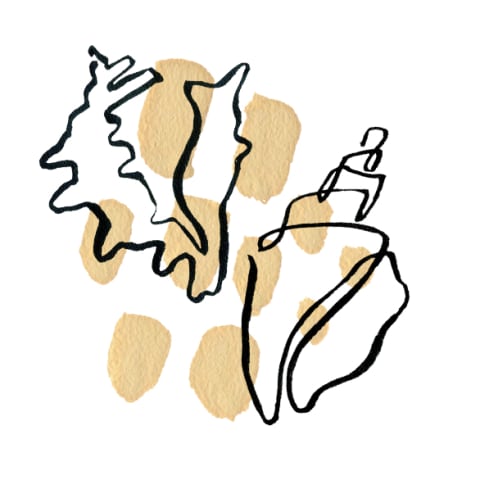
- Culture of origin: India and China
- Meaning: In Hinduism, conch shells are considered both a symbol of eternity and mystery, as well as the instrument an army general would use to call the battle, assistant professor of religious studies at Florida International University Steven Vose, Ph.D., explains to mbg. In feng shui, seashells, in general, are thought to be symbols of good luck.
Elephants
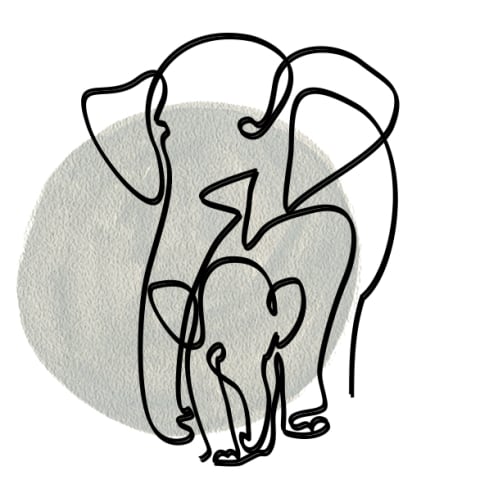
- Culture of origin: India
- Meaning: In Hinduism, the elephant-headed God of beginnings, Ganesha, is believed to be the remover of obstacles. Vose notes that elephants are considered lucky across many parts of the world, and people will often keep paintings or sculptures of them in their houses. They can also be signs of fertility.
Four-leaf clovers
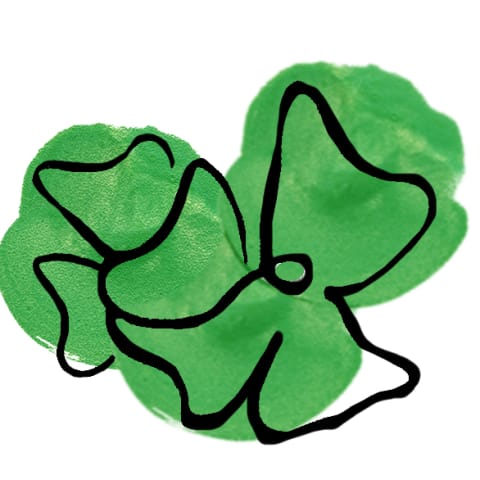
- Culture of origin: Ireland
- Meaning: One of the most well-known symbols of luck in the Western world, four-leaf clovers were long regarded by the Celtics as an auspicious sign. The four leaves represent faith, hope, love, and luck.
Om
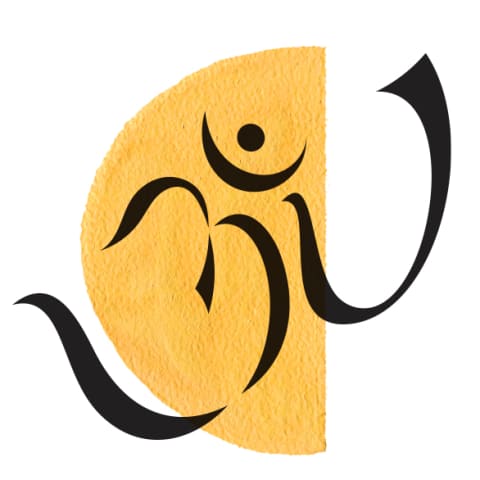
- Culture of origin: India
- Meaning: "Om itself is considered auspicious," Vose explains. It's the very foundation of Hinduism, regarded as the first sound of the universe and an encapsulation of the mind, body, and spirit. It can be chanted as a mantra, as well as depicted by a symbol representing the states of consciousness—including enlightenment.
Kirtimukhas
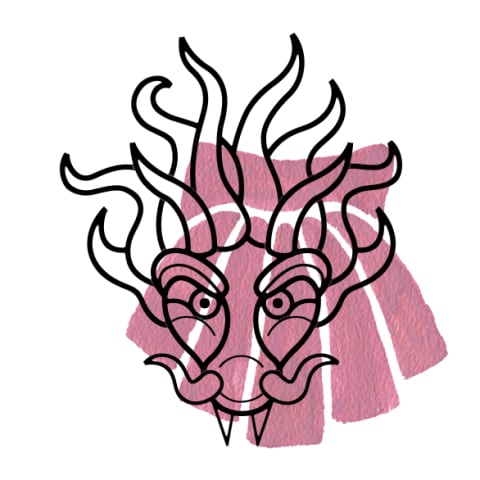
- Culture of origin: India
- Meaning: Kirtimukha depicts a monster with a gaping mouth and fangs. Vose tells mbg that the symbol, which translates to "face of fame," is actually quite auspicious. In the Southeast Asian region, it is often placed on doorways and exterior walls in houses and temples to attract luck and ward off evil.
The Chinese zodiac animals
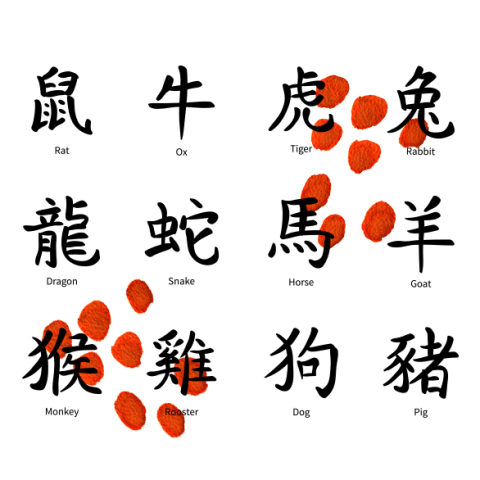
- Culture of origin: China
- Meaning: Architect and feng shui expert Anjie Cho explains that the 12 Chinese zodiac animals grouped together are a popular good luck symbol throughout Asian culture because "they represent a variety of different personality types that could be in your family or in your life, so when you have them all together, it represents harmony between all different types of people and balance."
Red envelopes
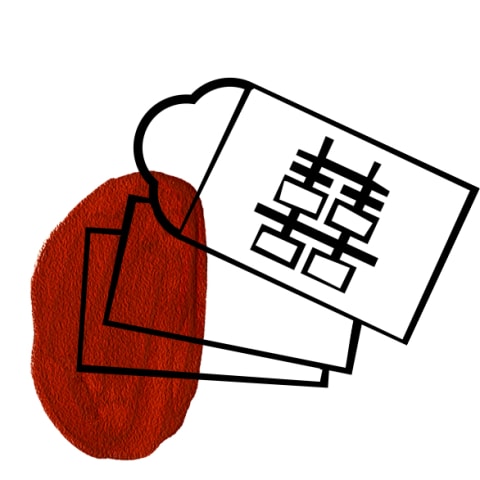
- Culture of origin: China
- Meaning: In many East and Southeast Asian cultures, red envelopes are considered a good luck symbol, Cho tells mbg, "because red is a color of protection and also vitality." Monetary gifts at special occasions like weddings or Chinese New Year are often given in red envelopes, she adds, "as a way to invite more luck and protection with that exchange."
Oranges

- Culture of origin: China
- Meaning: Cho says the fruit is considered to be good luck because it represents the energy of the sun and yang energy. "Oranges are uplifting, and in Asian cultures, they represent wealth and prosperity because they're the shape of coins and the color of gold," she adds.
Dragons
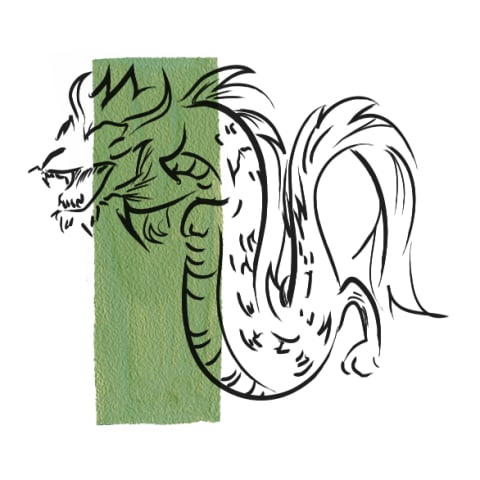
- Culture of origin: China
- Meaning: "The dragon is the only mythical animal in the Chinese zodiac, and it came in fourth in the story of the Great Race," Cho explains to mbg. "The dragon is seen as really helpful and supportive," she adds, "and is invited into your life to represent power, positive energy, and good luck."
Lucky bamboo
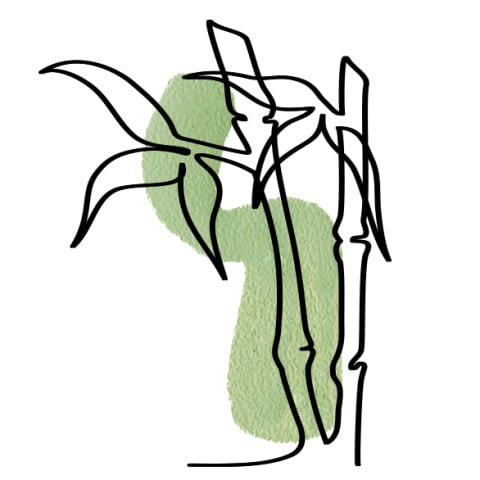
- Culture of origin: China
- Meaning: With luck literally in its name, this is one of the luckiest plants you can have in feng shui. It's been a part of Chinese culture for thousands of years and represents good fortune. Depending on how many stalks it has, it is thought to bring prosperity in specific areas (i.e., two stalks represent love, and three represent wealth).
Pigs
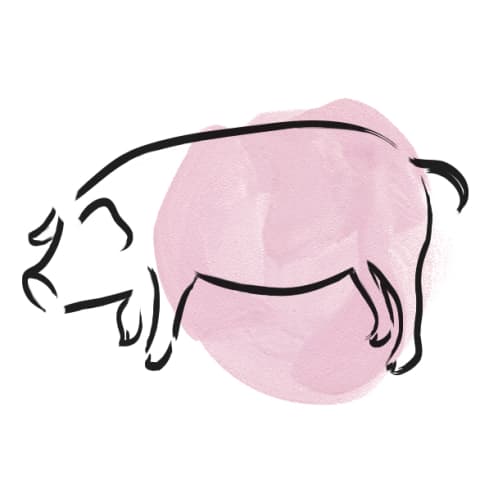
- Culture of origin: China and Germany
- Meaning: Pigs are known as a symbol of prosperity and good fortune in many cultures, namely Chinese and German but also other Asian and northern European cultures. In Germany, pig trinkets are often gifted around the New Year, and in China, the pig is one of the zodiac animals, representing luck and wealth.
Lucky numbers:
The number 7:
.
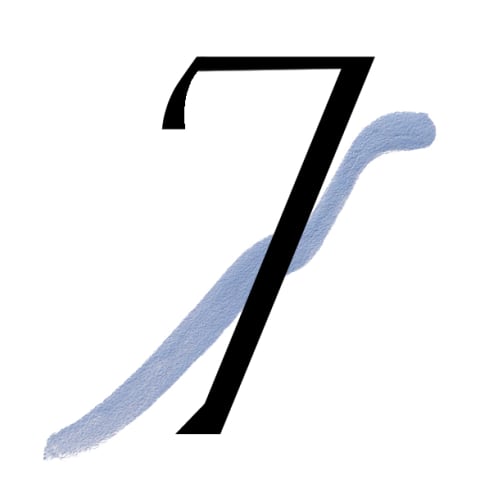
Vose tells mbg that in Hinduism, odd numbers are generally preferred to even numbers, but 7 and 8 are both considered lucky. The number 7 also has significance in Western religions, as the belief is that God created the world in six days and rested on the seventh.
This has long been regarded as an auspicious number in general across many cultures: There are also seven continents, Seven Wonders of the World, and seven colors in the rainbow.
The number 8:
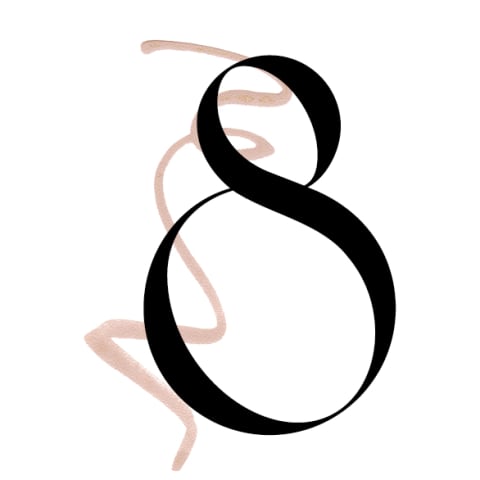
Along with 7, Vose says 8 is considered a lucky number, as does Cho. It's considered one of the luckiest numbers in Chinese culture and is associated with prosperity, success, and social status.
The number 9:
.

Cho tells mbg that in feng shui, 9 is the number of full completion, "so it's a really auspicious number." In Christianity, 9 also represents the fruits of God's holy spirit described in Galatians (love, joy, peace, patience, kindness, goodness, gentleness, faithfulness, and self-control).
Cho adds that any multiple of 9 is considered lucky as well, but especially 108—which brings us to our next lucky number.
The number 108:
.
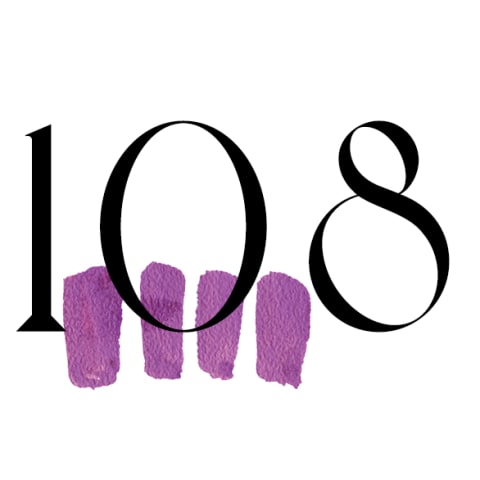
The number 108 is considered a very sacred number in Hinduism and Buddhism. Vose says it's used as an honorific of a guru, and as a multiple of 9, it's also considered a number of completion, Cho notes. This is why there are 108 beads on a mala, and why people chant mantras 108 times. "It's known as an abundant number, and it's good luck," she adds.
How to make your own luck.
Whether you're displaying them in your home, carrying them around with you, or incorporating them into gifts to pay the goodness forward, there are so many ways to use these symbols and numbers to make your own luck.
Cho recommends using red envelopes when giving gifts and hanging a piece of art with a dragon, or all 12 Chinese zodiac animals, in your home. You can repeat mantras and affirmations as many times as your favorite lucky number as well.
Just remember, true manifestation of luck always requires a bit of action on your part. The law of attraction doesn't work in a vacuum: If you want to call something into your life, you'll need to go after it, too.
However, working with these symbols or any other lucky item you hold dear is a great way to boost your positive mindset surrounding the luck you're bringing into your life.
The bottom line.
For thousands of years, people have turned to symbolism for spirituality, storytelling, and of course, luck. For believers in luck, having these auspicious symbols around can offer a sense of good fortune and abundance—and while you still have to work to make your own luck, it never hurts to have a trinket or two around for some extra support.